The greatest children's books that hit the spot for young and old, as chosen by Alan Titchmarsh, Jilly Cooper, Ian Rankin and more
Children’s books offer an escape from reality that can last well into adulthood. Here's our pick of the very best.
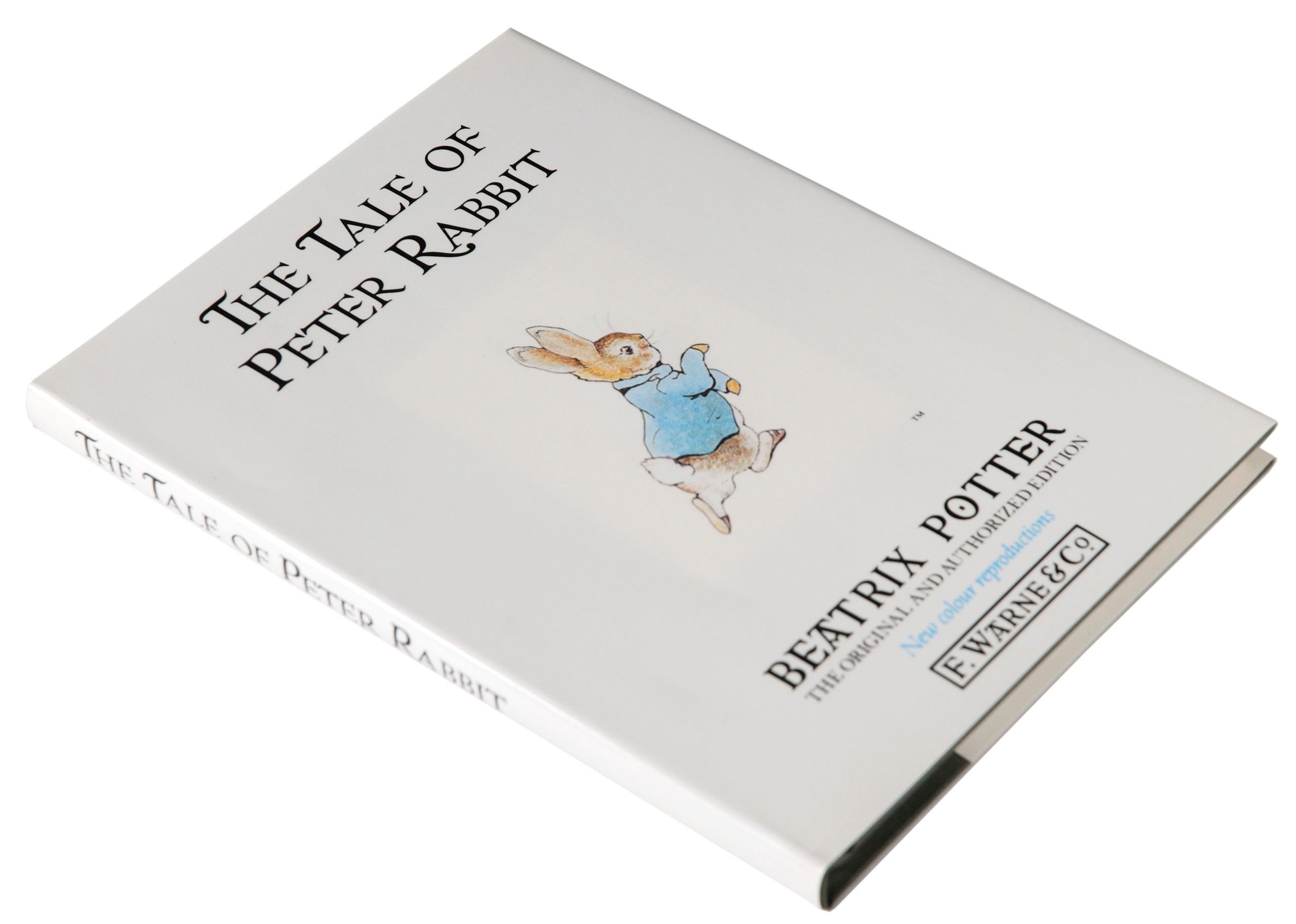

'The best children’s fiction helps us re-find things we may not even know we have lost,' wrote Katherine Rundell in her book Why You Should Read Children’s Books, Even Though You Are So Old and Wise.
For many, there is one children’s book in particular that we continue to hold dear throughout life, a source of comfort in times of need for even the most grown up of grown-ups. I often find myself reaching for a dog-eared copy of A. A. Milne’s Winnie-the-Pooh and turning straight to chapter three, In Which Pooh and Piglet Go Hunting and Nearly Catch a Woozle, to read about Pooh circling the tree round and round, unknowingly tracking his own paw prints.
For me, there is no other story that quite so charmingly evokes the simple joys to be found in life — I owe much to that silly old bear.
On this page we've asked contributors to name the children's books which help them remember why they fell in love with reading in the first place: the unabashed imagination, the extraordinary courage and that unparalleled sense of wonder.
The Tale of Peter Rabbit by Beatrix Potter
Alan Titchmarsh, gardener, writer and broadcaster
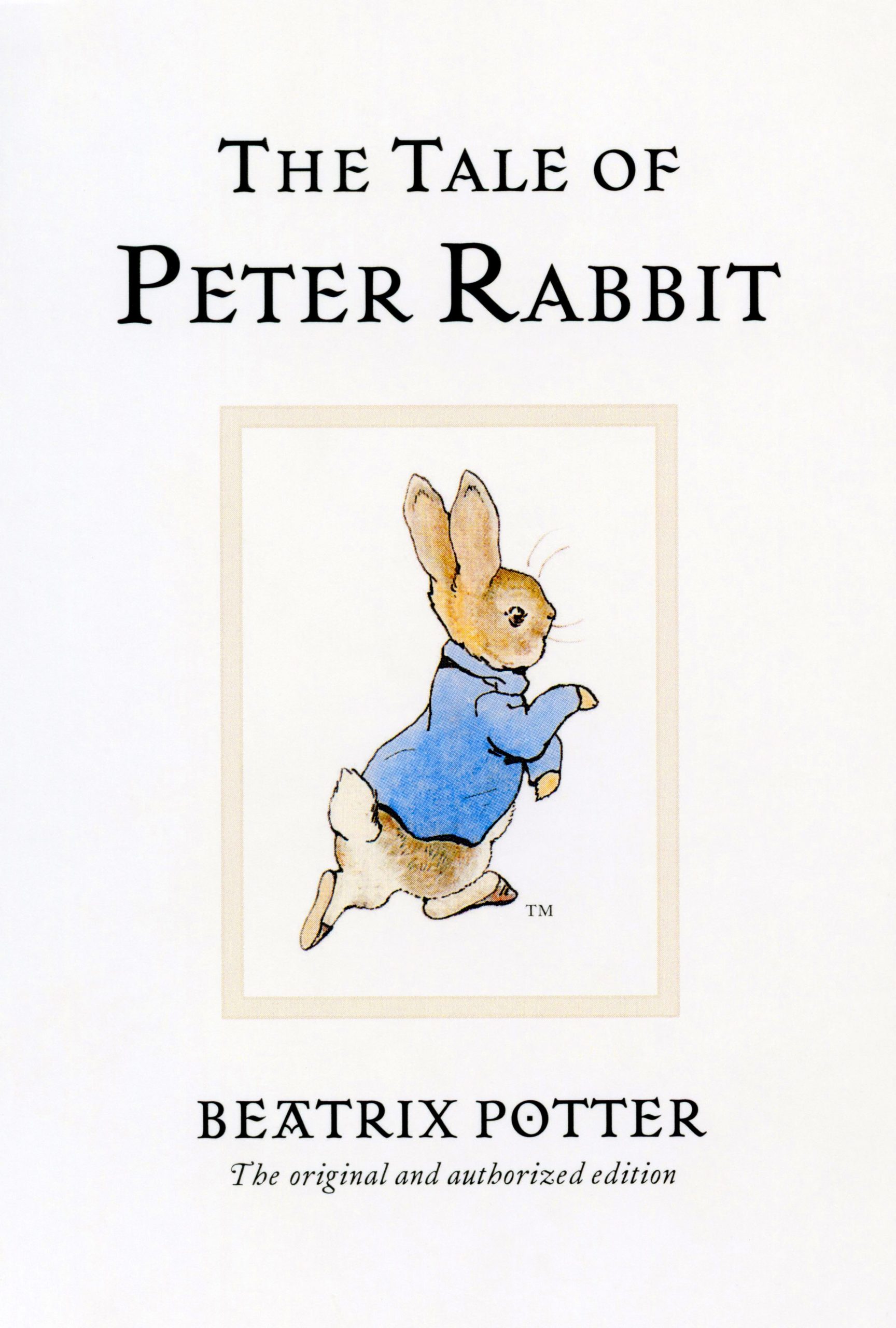
The Tale of Peter Rabbit is the book I can recite from memory, almost in its entirety, and Beatrix Potter’s wonderful illustrations were at least partly responsible for my becoming a gardener. The radishes, the cabbages, the goldfish in the pond and the white cat with the twitching tail still enthral me, even if Mr McGregor chasing after Peter, waving a rake and calling out ‘Stop thief!’, was a bit scary for a five-year-old.
I love the book every bit as much today and read it to my grandchildren at every opportunity, in the hope that they, too, will be entranced and, perhaps, enjoy gardening as much as I do.
Sign up for the Country Life Newsletter
Exquisite houses, the beauty of Nature, and how to get the most from your life, straight to your inbox.
The Wind in the Willows by Kenneth Grahame
Jilly Cooper, author
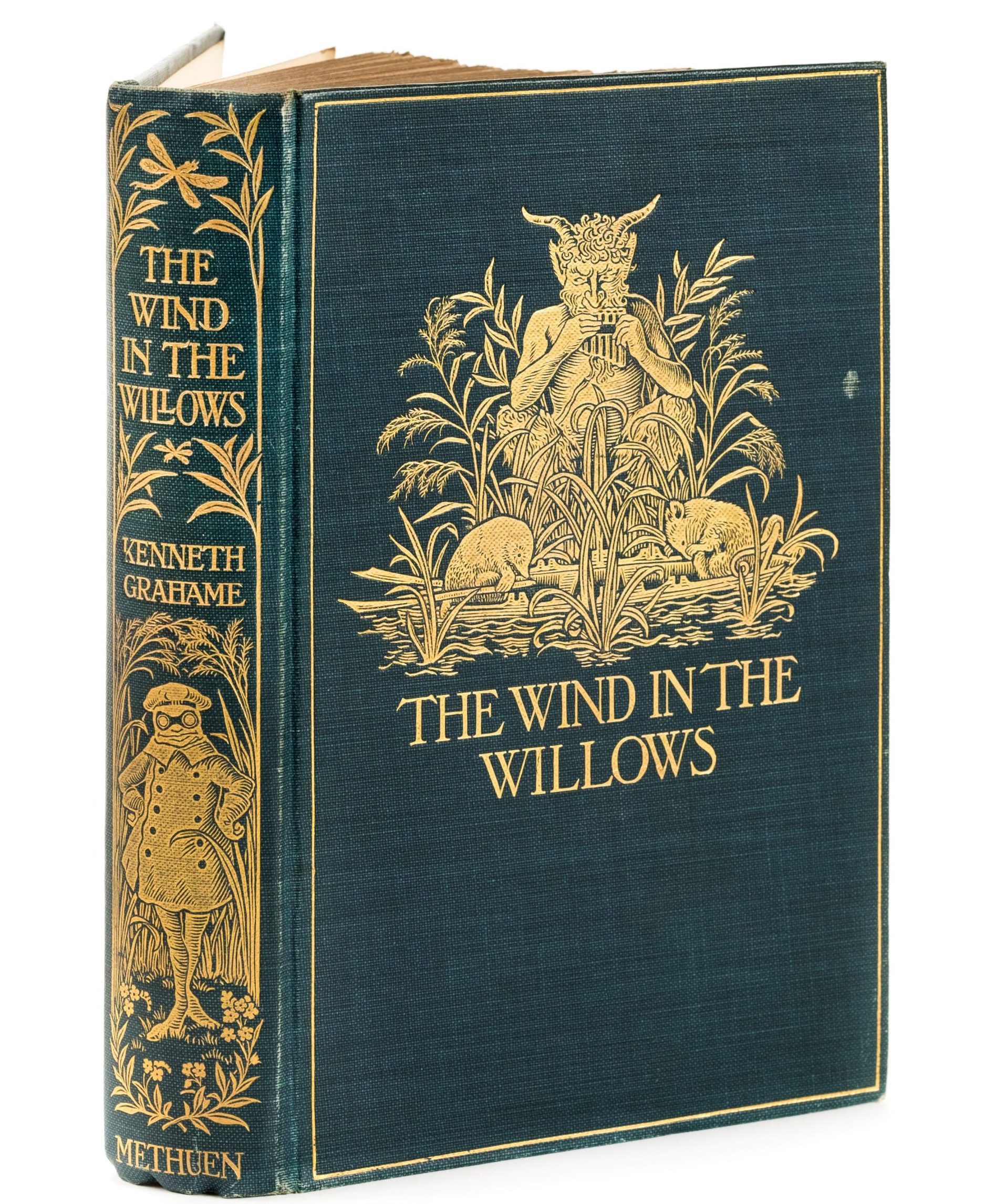
Kenneth Grahame’s writing was simply brilliant; the animals are just like humans. Toad is so naughty, so intelligent, and then there’s wonderful Ratty, sweet Mole and that bossyboots Badger.
We used to play by a river that echoed the one in the book and I could picture them all there — The Wind in the Willows is a true celebration of Nature.
Knight Crusader by Ronald Welch
Nicholas Coleridge, chairman of the V&A Museum
My world outlook was transformed by a series of historical children’s novels by Ronald Welch — the Carey books, about an aristocratic Welsh family that fought in every war and conflict from the Crusades to the First World War. There are a good few volumes in the series; the first one I read was called Knight Crusader, set in the Holy Land, but there were so many brilliant ones — Bowman of Crécy, For the King (about the Civil War) and Nicholas Carey, set in the Crimean War.
I read them at my prep boarding school, aged 11, and they were the single most useful thing I did there. They taught me a lot about British history and also about manners, chivalry, snobbery and heritage. The author was a grammar-school headmaster and it would have been marvellous to have been taught by him.
The Automobile Book by Ralph Stein
Nominated by The Duke of Richmond and Gordon
The best gift I have ever received was a copy of The Automobile Book by Ralph Stein.
This was the book my grandfather gave to me and it kicked off my whole fascination with and absorption in motor cars. It was also, I believe, the first colour book published with big, double-page-spread photographs of cars. I completely fell in love with it and spent hours and hours copying the pictures into my sketchbook as a small boy — I still have the book.
The Secret Seven series by Enid Blyton
Ian Rankin, author
I don’t remember Beatrix Potter, Winnie-the-Pooh or Dr Seuss when I was a child. Mostly, I liked comics such as The Beano and The Dandy, but I sometimes bought Ladybird books with my pocket money and my parents also introduced me to Enid Blyton.
I like ‘The Secret Seven’ series best. The characters led a life of adventure I could only dream of — but perhaps that dreaming was what led me towards writing adventures of my own.
Warrior Scarlet by Rosemary Sutcliff
Julia Eccleshare, journalist
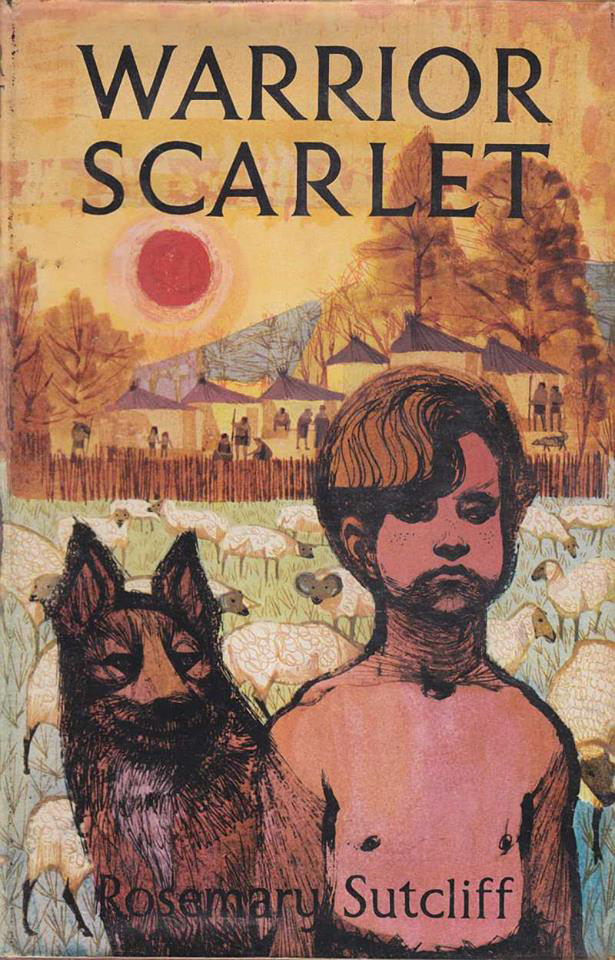
I was given a copy of Rosemary Sutcliff’s Warrior Scarlet when I was nine. It was a hardback, of course, and had a wonderful dust jacket by Charles Keeping. I loved Sutcliff’s bold writing and the strong sense of time and place that she created. She is especially good on sounds, smells and practical skills, including baking on hot stones, which brought alive the otherwise unimaginable life of this Bronze Age tribe living on the South Downs.
I loved picturing Drem, the boy at the heart of the story, who so longed to be one of the warriors, despite his withered arm; I remember the terrible sense of hurt when he fails to kill the wolf and so fails to earn the right to wear scarlet in his cloak. It felt bitter and unfair — as it does for Drem and his family. The coming of his second chance, when he is a shepherd, is a moment of exultation.
With adult hindsight, it seems obvious that Sutcliff’s message was that difficulties aren’t necessarily barriers, but can be overcome. Certainly, that seeped into my thinking and became one of the principles of my life.
Five on a Treasure Island by Enid Blyton
Andrew Love, deputy chairman of The Ritz
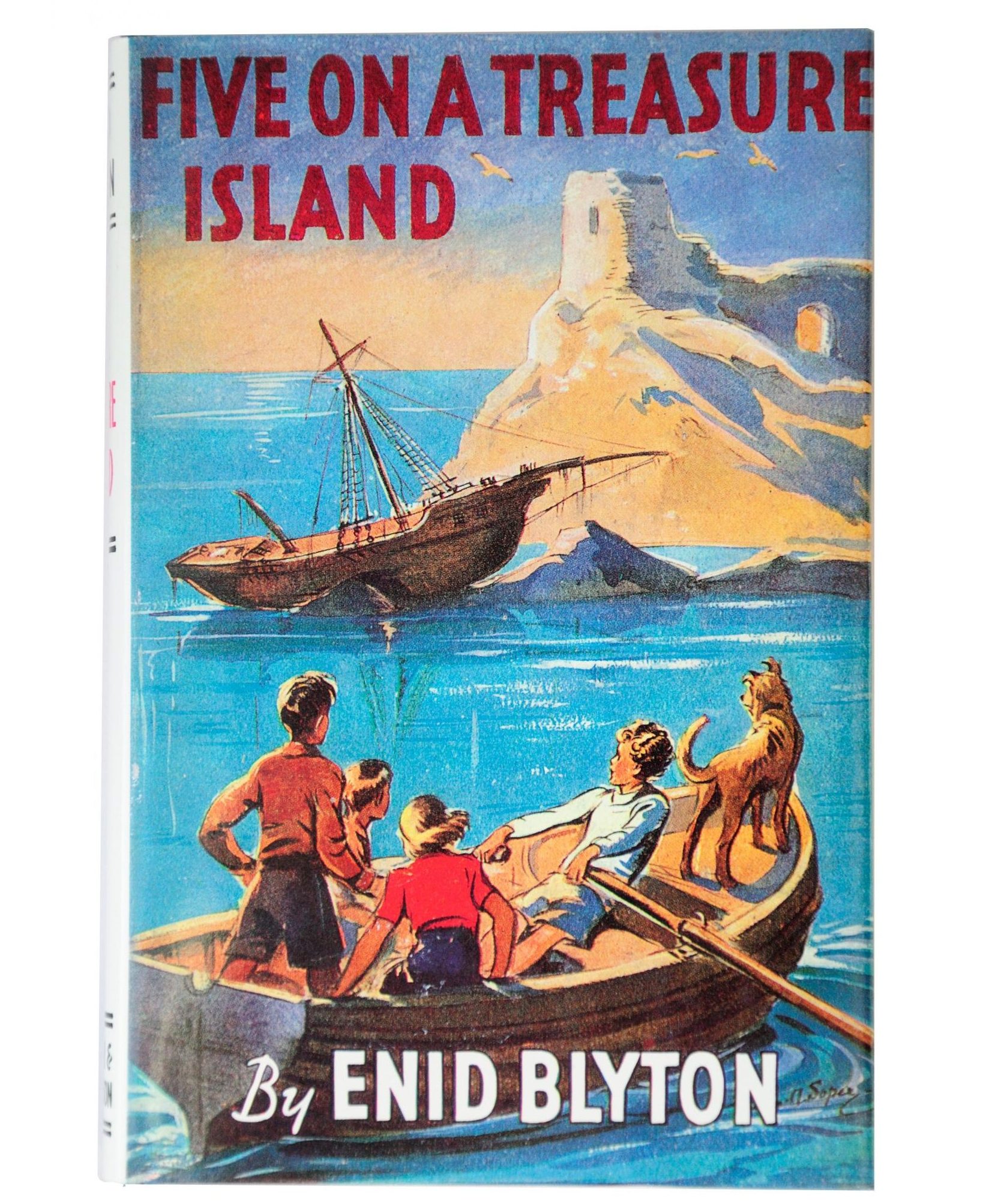
My mother read this book from the ‘Famous Five’ series to me as a young boy and I then read it myself as soon as I was able to. It’s such a lovely story, about the four friends and their dog, who visit an island on holiday and discover treasure there.
This book, I think, is where my love of both dogs and the water first came from — subsequently, I have always had a dog and I took up ocean racing. I’m very happy on the water. My wife read the book to my children when they were young, too.
The Weirdstone of Brisingamen by Alan Garner
David Profumo, author
I first read Alan Garner’s debut novel, The Weirdstone of Brisingamen, when I was eight, and found it beguiling, stark and horrifyingly immediate. This tale of two children, a magical jewel and ancient evil, set in the numinous landscape of the author’s native Cheshire, combines a sense of mineral strength with the immanence of the supernatural, drawn from Celtic and Arthurian myth.
It was the first and most formative time I encountered the notion of the deep past breaking through thin places of the world into the everyday. It managed to seem both alien and familiar — a great trick to pull off for a reader of any age. I believed every word of it. I still do.
Little House in the Big Woods by Laura Ingalls Wilder
Jonathan Self, author
For my sixth birthday, my American grandmother gave me a copy of Little House in the Big Woods by Laura Ingalls Wilder. I can recite its opening lines from memory: ‘Once upon a time, sixty years ago, a little girl lived in the Big Woods of Wisconsin, in a little grey house of logs.’ Up until then, I had felt a nagging dissatisfaction with my literary diet (‘The Famous Five’ and ‘Swallows and Amazons’ series, The Wind in the Willows and other classics), because I felt the stories were made up.
The thrill of Little House in the Big Woods was that it was (more or less) real. Moreover, it introduced me to the concept of wilderness and showed me that it’s possible to make relatively trivial domestic incidents interesting. After reading it, I began to devour other non-fiction books (Tarka the Otter was next, if I remember correctly, and then Born Free).
The reason I prefer to live somewhere remote, the fact that I became a non-fiction writer and my love of wildlife can, to a large extent, be ascribed to Little House in the Big Woods.
The Little Grey Men by BB
John-Lewis Stempel, author
By a whisker, the top of my tot reading was The Little Grey Men, BB’s tale of the last gnomes in England as they odyssey through the countryside. The tale was enthralling enough, but the really enthralling quality was BB’s ability to make England’s natural history come alive. He made me see what was really there.
Pipped to second place, Great Northern? by Arthur ‘Swallows and Amazons’ Ransome. More than 40 years later, I still want to see a Gavia immer.
A new project by the British Library, Discovering Children’s Books, has gathered together 100 treasures from children’s literature through the ages. The first manuscript of Alice’s Adventures Under Ground (later Alice’s Adventures in Wonderland), drafts and drawings for The BFG and original artwork for The Tiger Who Came to Tea can all be accessed for free at www.bl.uk/childrens-books
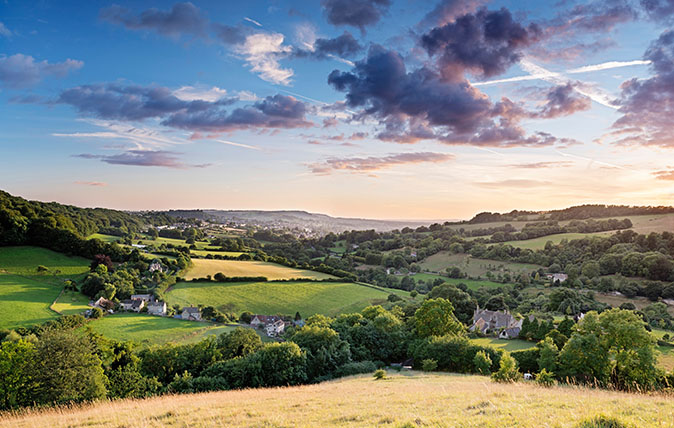
Cider with Rosie uncovered: A look into the idyllic scenes of Laurie Lee’s classic novel
Derek Turner takes a look at 'Down in the Valley', a slender, but well-conceived volume that revisits the scenes of
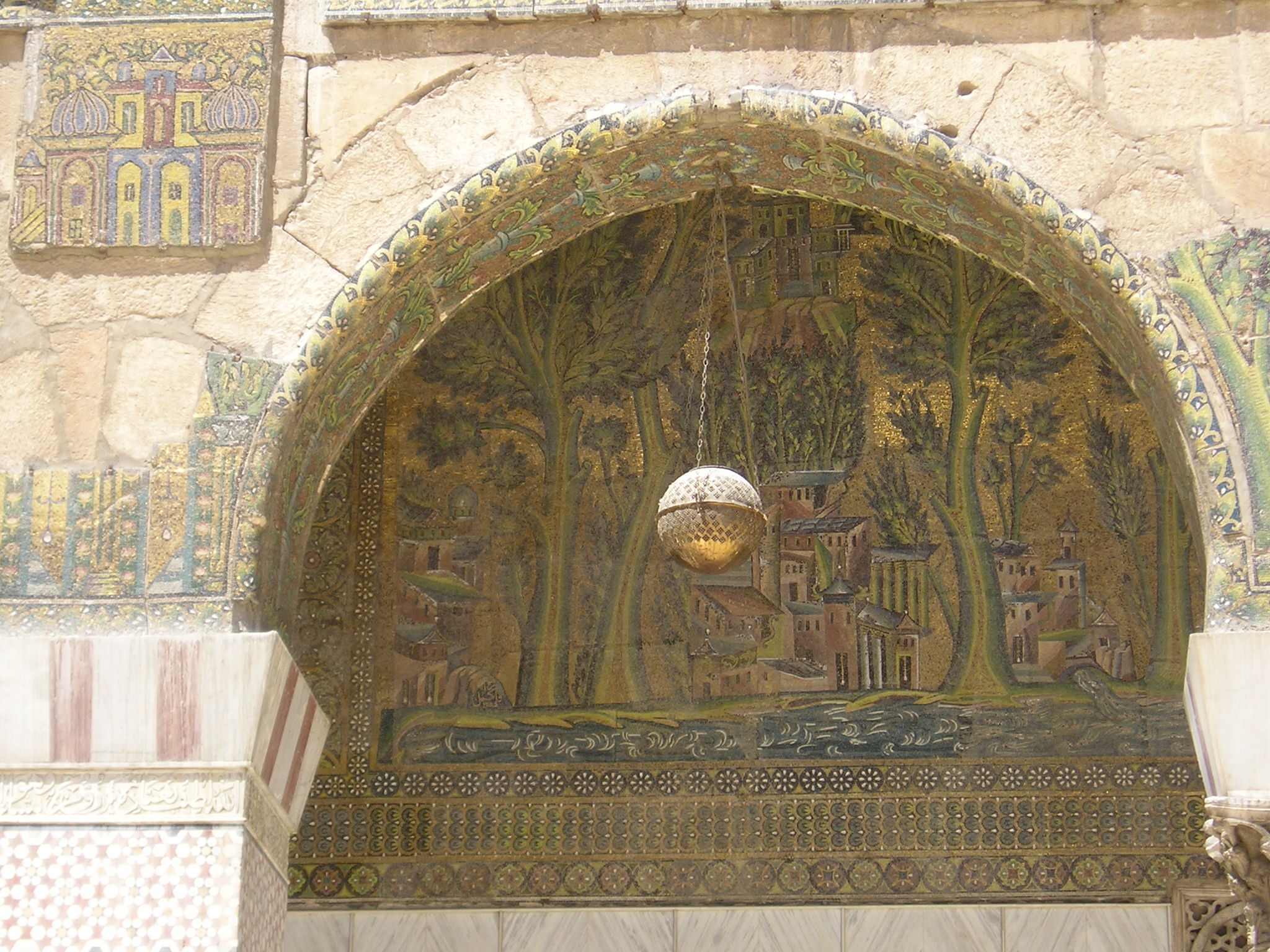
Seven astonishing books to read which will change your understanding of the history of the world
If you were left a tad disappointed by your Christmas presents, you can console yourself with two things. Firstly, by
-
 Jungle temples, pet snakes and the most expensive car in the world: Country Life Quiz of the Day, April 14, 2025
Jungle temples, pet snakes and the most expensive car in the world: Country Life Quiz of the Day, April 14, 2025Mondays's quiz tests your knowledge on English kings, astronomy and fashion.
By James Fisher Published
-
 Welcome to the modern party barn, where disco balls are 'non-negotiable'
Welcome to the modern party barn, where disco balls are 'non-negotiable'A party barn is the ultimate good-time utopia, devoid of the toil of a home gym or the practicalities of a home office. Modern efforts are a world away from the draughty, hay-bales-and-a-hi-fi set-up of yesteryear.
By Annabel Dixon Published
-
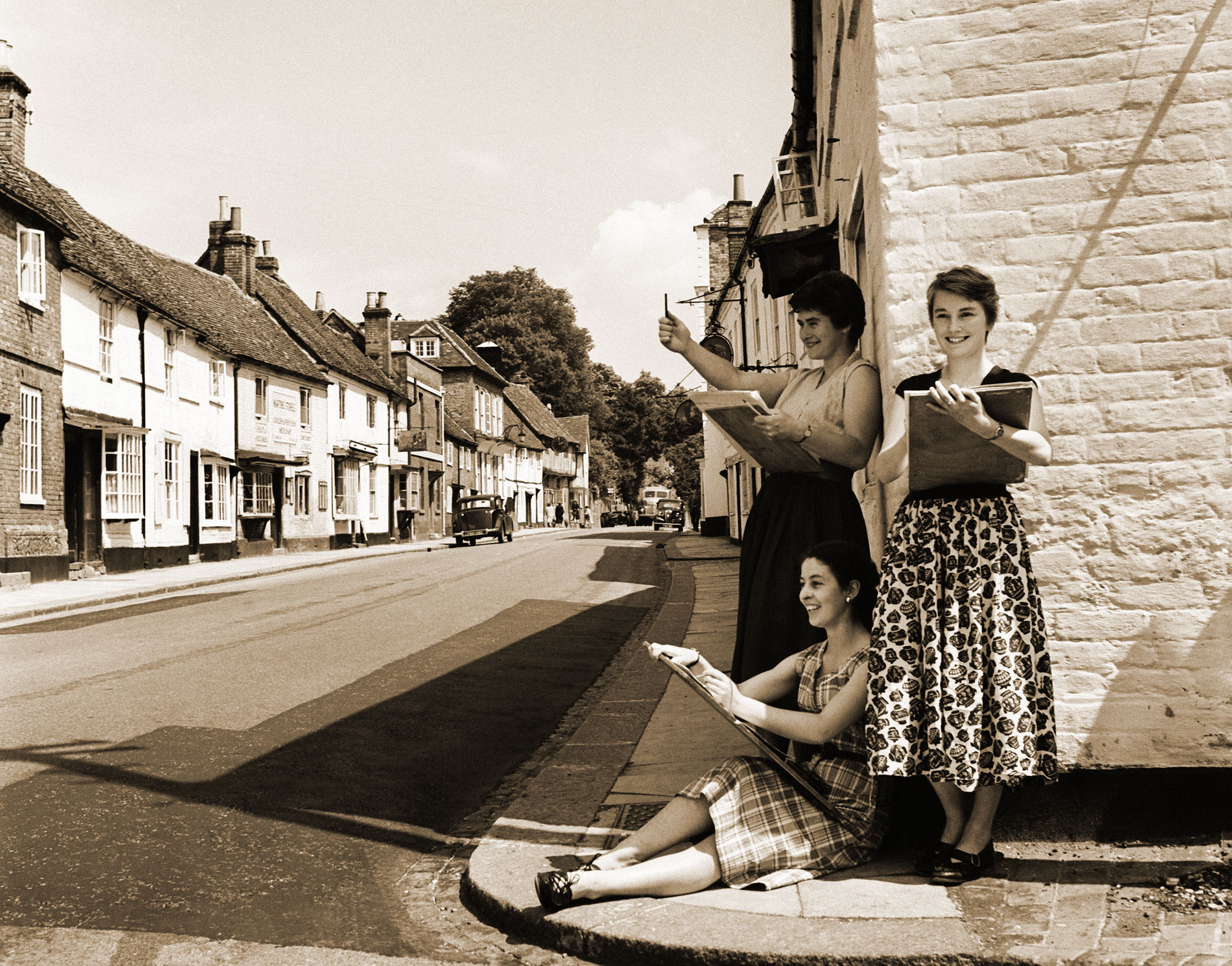 'It may be vain to think that the past was a cleaner, quieter and kinder place, but it felt pretty decent when you knew your GP and your GP knew you, and milk in glass bottles was delivered every morning'
'It may be vain to think that the past was a cleaner, quieter and kinder place, but it felt pretty decent when you knew your GP and your GP knew you, and milk in glass bottles was delivered every morning'Carla Carlisle is homesick for the olden days, when we didn’t know we had it so good.
By Carla Carlisle Published
-
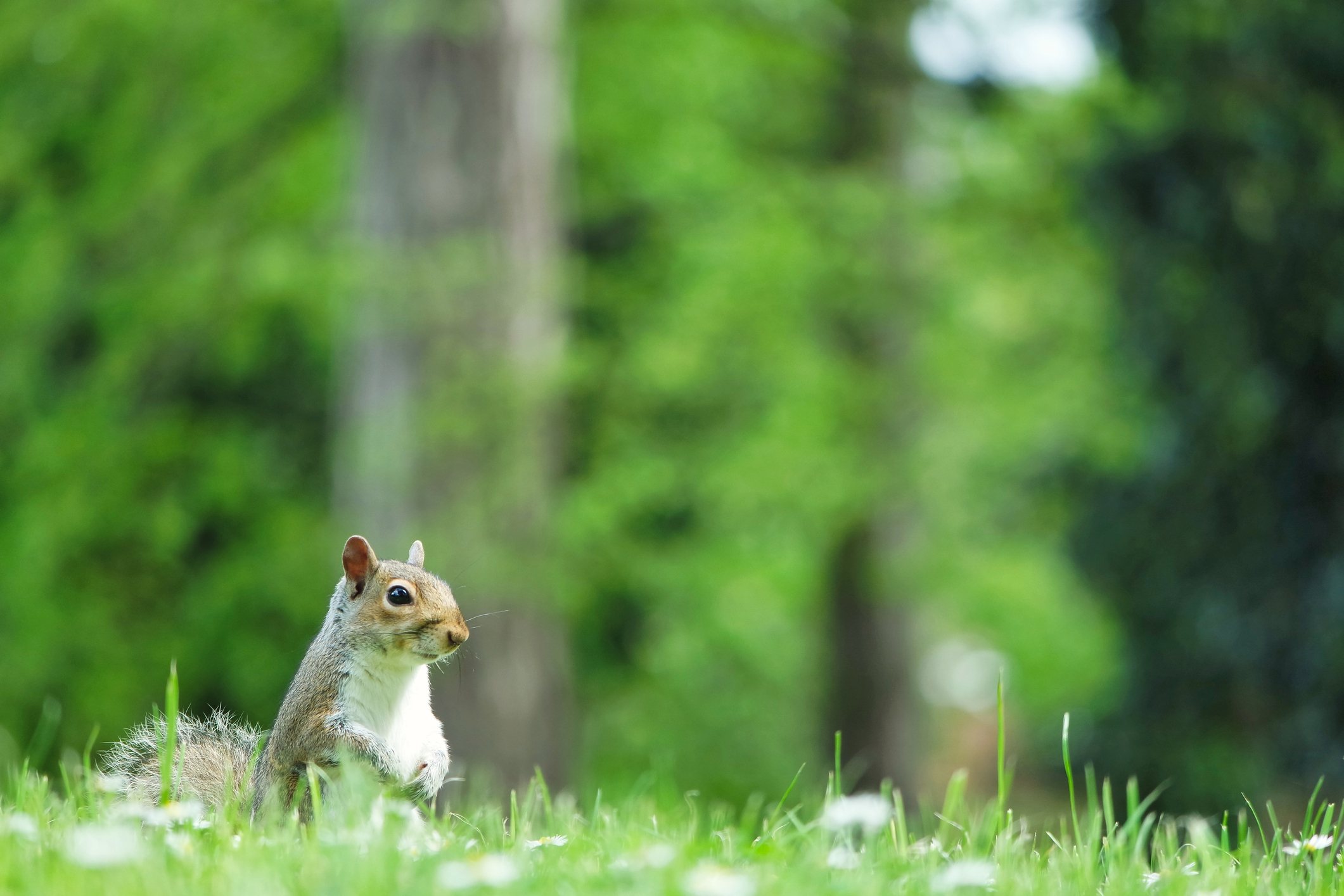 Patrick Galbraith: We are a brilliant and terrible species who messed it up a long time ago — and that means we have to do things we don't want to
Patrick Galbraith: We are a brilliant and terrible species who messed it up a long time ago — and that means we have to do things we don't want toOur columnist laments the painful decisions on culling wild animals which he argues have to be taken if we're to manage the countryside and maintain biodiversity.
By Patrick Galbraith Published
-
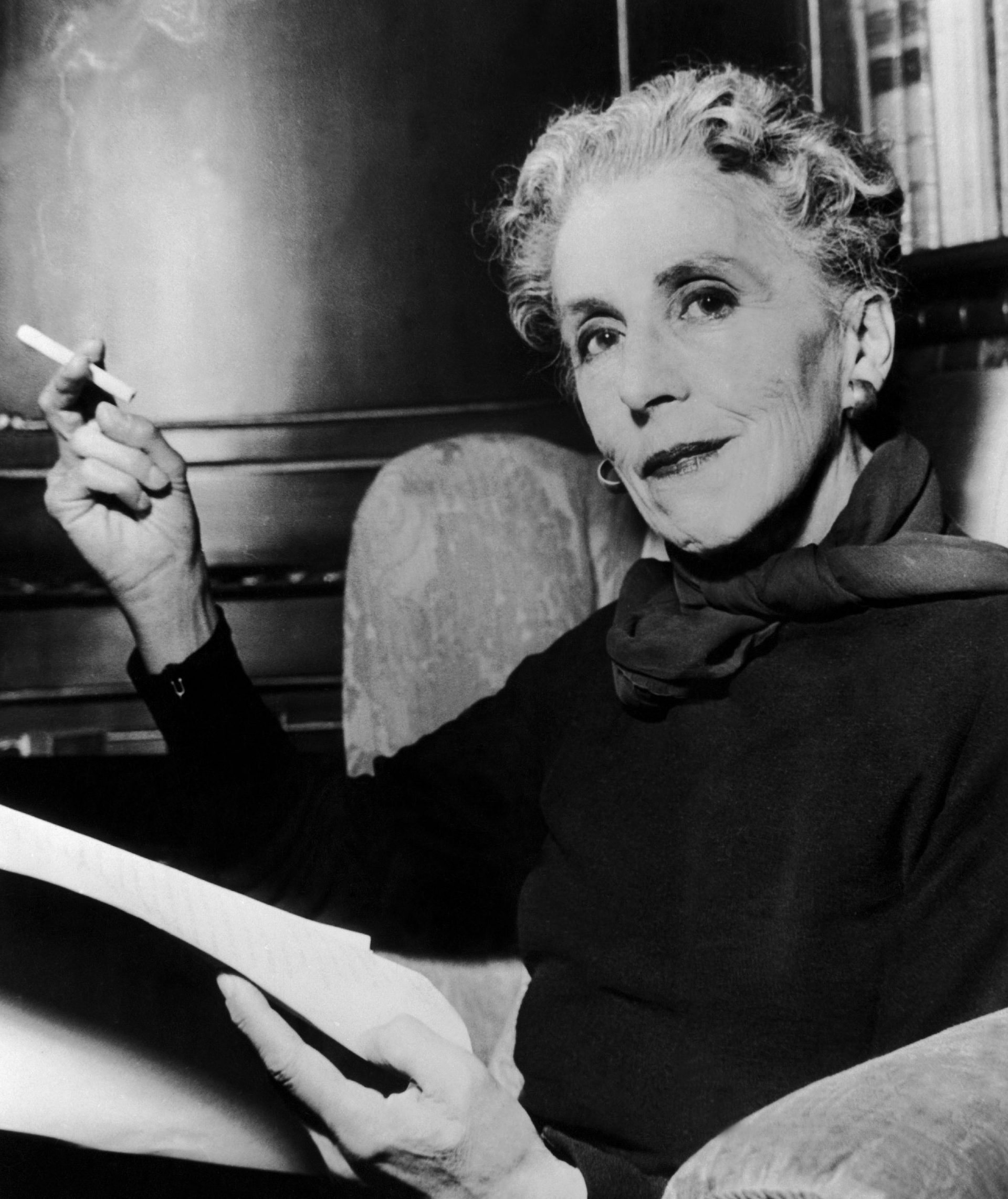 'From the first page until the last, I was in another country, another world... It was like falling in love'
'From the first page until the last, I was in another country, another world... It was like falling in love''There is beauty and there is poverty, order and corruption' — Carla Carlisle on Karen Blixen and Kenya.
By Carla Carlisle Published
-
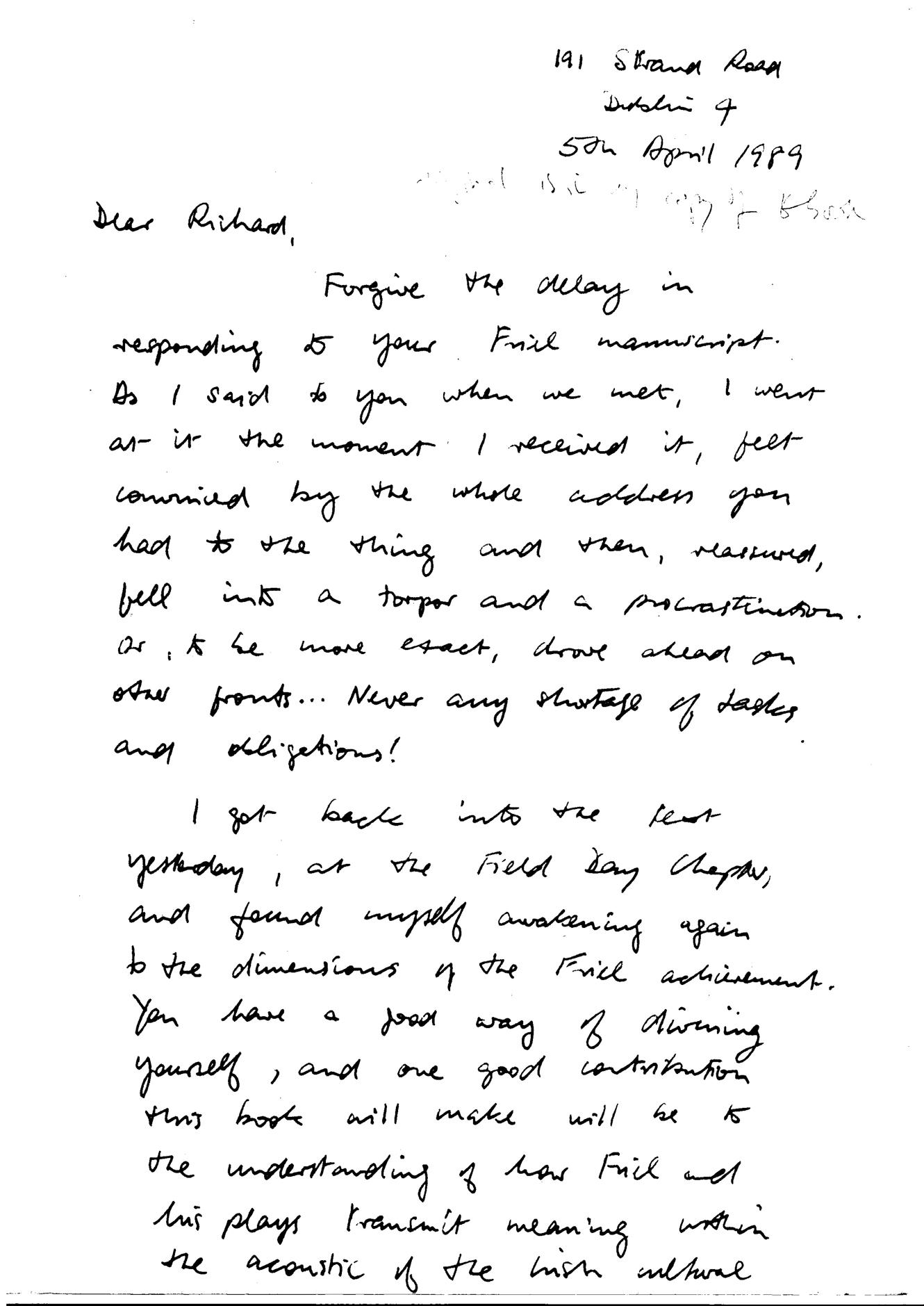 Carla Carlisle: 'Seamus Heaney deserves a sainthood, as well as his Nobel Prize'
Carla Carlisle: 'Seamus Heaney deserves a sainthood, as well as his Nobel Prize'Carla Carlisle applauds The Letters of Seamus Heaney and shares how she couldn't wait until Christmas to devour the collection from the late Irish poet
By Carla Carlisle Published
-
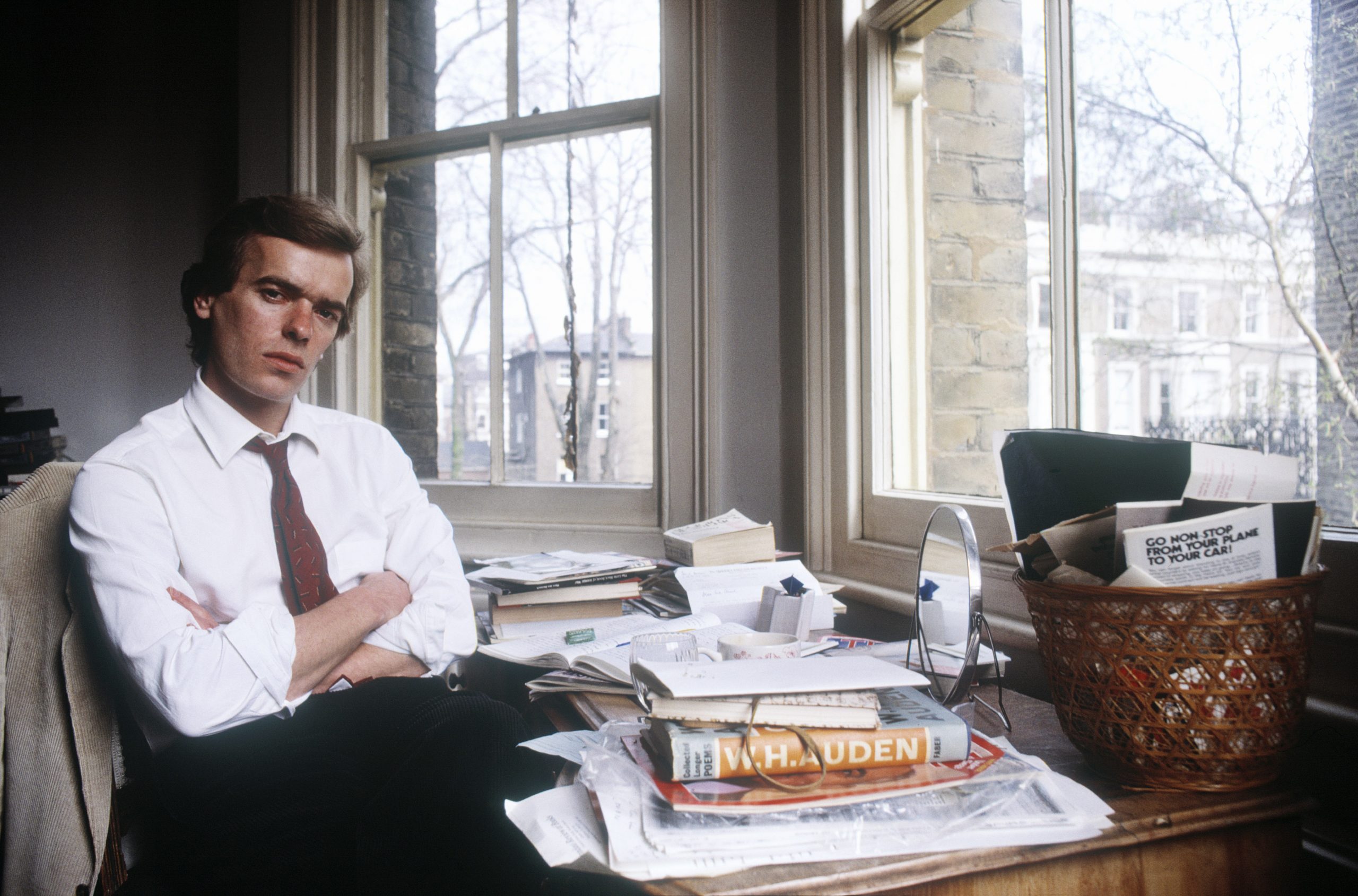 Carla Carlisle on Martin Amis: The 'passionate, graceful, fierce' writer who scared us, challenged us, and brought us understanding
Carla Carlisle on Martin Amis: The 'passionate, graceful, fierce' writer who scared us, challenged us, and brought us understandingCarla Carlisle pays tribute to the late Martin Amis, who died last month.
By Carla Carlisle Published
-
 Carla Carlisle: 'Edit your one and precious life. Prepare for Judgement Day. Do it Now.'
Carla Carlisle: 'Edit your one and precious life. Prepare for Judgement Day. Do it Now.'Carla has been having a bit of a New Year clear-out — albeit one which started last August, and which is NOT going particularly well...
By Carla Carlisle Published
-
 Jason Goodwin's books of the year 2022
Jason Goodwin's books of the year 2022Our columnist Jason Goodwin shares the books that have entertained and enlightened him this year.
By Jason Goodwin Published
-
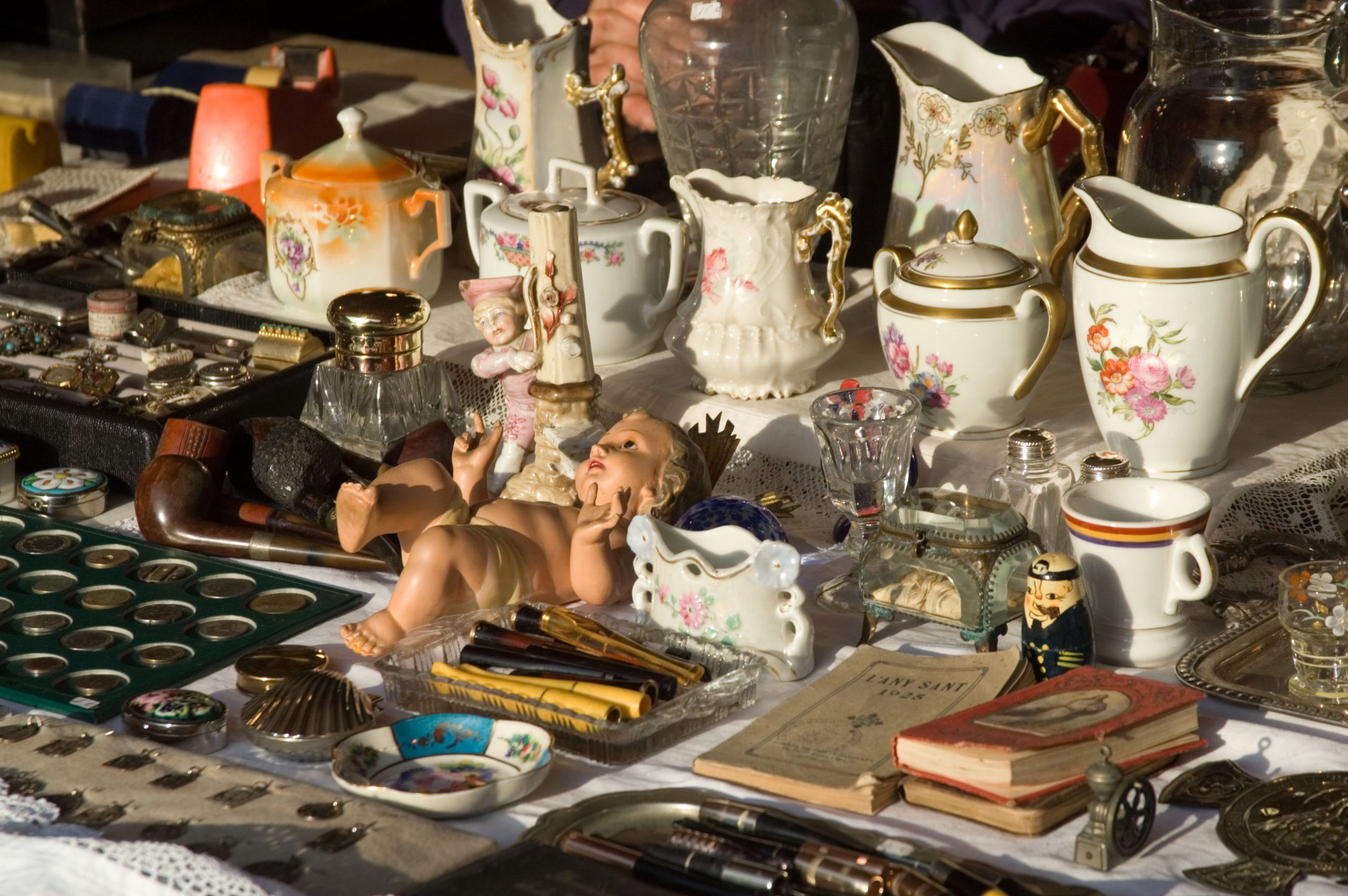 'By the time I reached chapter seven I was nauseated by the sheer volume of stuff I owned'
'By the time I reached chapter seven I was nauseated by the sheer volume of stuff I owned'Jonathan Self's chance encounter with a book shifts the way he sees his belongings... but how long will his urge to declutter last?
By Jonathan Self Published